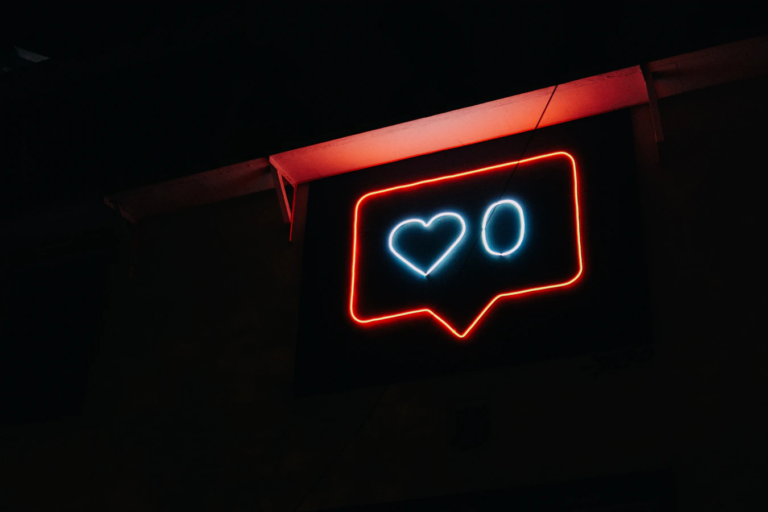According to statista.com, in 2020, over 3.5 billion people globally used social media, and projections indicate that number will rise to more than 4 billion in the coming years. Many weren’t passive users either; in general, individuals spent around 144 minutes a day perusing social media apps.
In short, to avoid social media (in parts of the world where such technology is readily available), you’d have to be still living or have lived under a rock very recently. And when building a brand or a business, underestimate the importance of ‘getting social’ at your peril, intrepid entrepreneurial adventurers.
Are you feeling a little befuddled? Well, fear not! Our post will help kick-start your social media journey and share some tricks of the trade to help existing users. Join us as we discuss how to get the most from some of the major tech platforms; Twitter, Facebook, Instagram, and Pinterest, to be exact.
One Thing To Rule Them All
There is a crucial factor that binds all social media platforms. There is no escaping it; your content will likely perform better (meaning more audience participation, and therefore brand exposure) when accompanied by visuals. Hence the demand for stock photos, videos, and customizable post templates.
So before you begin your cross-platform adventure, it’s wise to stock up on (affordable) supplies. When you don’t have time to take photos, use websites like Unsplash.com to access relevant pictures for free. You can also find free social media templates online to help you optimize posts for each platform easily. Phew!
Now that game-changer is out there; it’s time to provide an overview of Twitter, Facebook, Instagram, and Pinterest.
Another social media commonality is that it’s best to apply your time meaningfully to one platform rather than cover all of them poorly. There is only so much time in a day, so it’s important to decipher which platform is best suited to your business. Getting to grips with platform demographics can help with informed decision-making.
As of August 2020, Sprout Social stated that 44% of 18-24-year-olds have a Twitter account, compared to 17% of 50-64-years-olds. If your brand focuses on products or services for younger people, Twitter is a wise choice. Of course, it’s not all about demographics; even if your target audience forms a small percentage of a platform’s user-base, you can make it work if you know how to connect with them.
To boost your chances of reaching your target audience on Twitter, use up to two relevant hashtags per Tweet. The news feed moves fast on this platform, so you can generally post more frequently without becoming annoying.
Here’s a top tip: If you don’t have time to post manually, use a scheduler like Tweetdeck to schedule updates in advance.
Referring back to data shared by Sprout Social, around 69% of American adults have a Facebook account, and over 70% of account holders access the site daily. The biggest user demographic is aged 25-30. However, the platform experiences healthy usage across age demographics.
Facebook is generally the go-to social media platform for most social media users. So if you’re short on time and want to maximize your businesses’ reach, it’s an excellent platform to focus your time and energy on. Just a quick note on hashtags, they generally don’t make a difference on Facebook, so it’s best to avoid them.
Unlike Twitter, Facebook’s newsfeed is a little more sluggish, so you don’t want to over-post. Try posting meaningful content that is valuable to your target audience around three times per week. Spend the remainder of your time interacting with people who comment on your posts and building connections with people in relevant groups.
Here’s a top tip: Facebook can also be handy for market research; use the polls feature to gauge interest (or gain constructive feedback) regarding new or existing products and services.
Much like Twitter, Instagram attracts a younger audience, with the largest (75%) user demographic being 18-24-year-olds. Meanwhile, only 23% of 50-64-year-olds use this platform. So if you’re in the business of helping folks plan for their retirement, for example, Instagram might not be for you.
While there are no hard and fast rules for posting on Instagram (suggestions range from once a day to three times a week), it is wise to set a consistent posting schedule; If you’re looking to post three times a week, many regards Monday, Tuesday, and Friday as better days.
You can use up to 30 hashtags, but a healthy general rule of thumb is to use up to 11. Also, you want to look for hashtags that aren’t saturated, aka have millions and millions of people using them, because your posts will get lost in the shuffle. Look for super relevant hashtags with a few hundred thousand shares.
Here’s a top tip: Instagram is a fantastic platform if you want to connect with relevant micro-influencers. While their follower numbers are lower than others, their audience is super engaged.
Over 300 million people globally use Pinterest, and the user’s age demographics are evenly spread. Pinterest is fast becoming a ‘marketing must’ because most people who use the platform go there for purchasing inspiration. So the medium is perfect for people with a product-based business, especially if the product falls into a popular Pinterest niche.
Some of the most popular niches on Pinterest include home decor, art, travel, photography, and DIY/crafts.
Posting three Pins per day is the recommended minimum. However, you can post anywhere up to 30 Pins a day without being too ‘spammy.’ Pinterest has an inbuilt scheduler, but pinning content manually generally drives better results. If you’re short on time, a combination of manual pinning and advanced scheduling is an effective strategy.
You can also use a few hashtags within your Pinterest content to increase post visibility. Use the Pinterest search bar to discover relevant hashtags, and use a similar formula to Instagram — e.g., relevant hashtags with a few hundred thousand shares.
Here’s a top tip: Include ‘Pin-able’ images within your blog content, so people can pin your posts to Pinterest. Also, an image’s alt-text is what appears as the content preview text on Pinterest. So make it attention-grabbing, and remember to include a few hashtags at the end.
[zombify_post]





0 Comments